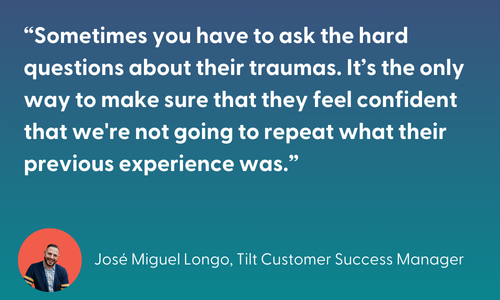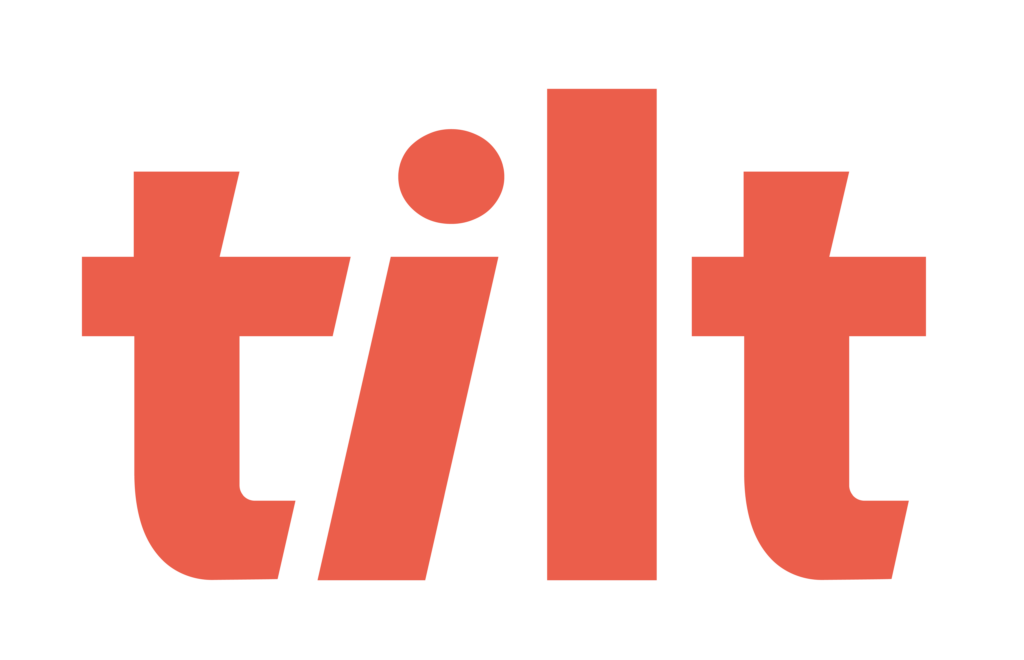Whether it’s parental leave, caregiving leave, or disability leave (or any other type of leave), managing leaves of absence (LOA) can feel like navigating an administrative gauntlet for HR professionals.
The stakes are high, and the process is complex.
Many HR teams have experienced frustration with outdated systems, unreliable vendors, and the constant struggle to ensure compliance. If you’ve been burned before, it’s understandable that trust is hard to rebuild.
But the good news? Not all hope is lost…it can be done.
The Trust Deficit in Leave Management
Broken leave management processes don’t just frustrate HR teams, they directly impact employees.
When brands violate customer trust, winning it back is an uphill battle. Once trust is broken, customers are hesitant to re-engage, and brands must work twice as hard to prove they’ve changed.
The same applies to HR software.
If your leave management process has let employees down before the potential to poison the well of good faith runs high.
Employees expect a seamless, empathetic experience during a leave because quite frankly that’s when they need empathy the most. When they don’t get it, they turn to HR for answers and frustration builds.
Software vendors often promise efficiency but fail in execution. HR teams invest in new platforms hoping for a better experience, only to face clunky interfaces, poor customer support, and compliance headaches.
The result? HR professionals feel stuck managing leaves manually or compensating for system failures.
Nobody wins when trust has been broken.
Breaking the Cycle: A New Approach to Leave Management
Rebuilding confidence in your leave of absence process starts with choosing a partner who understands the nuances of leave management. It’s not just about software; it’s about trust, communication, and ongoing support.
A leave management solution should provide:
- Compliance Expertise: TrustRadius points out that compliance continues to be a major challenge for HR teams using software. Laws change frequently, and keeping up is exhausting. A strong leave management partner should offer up-to-date compliance data and proactive guidance.
- A Human-Centered Approach: Employees taking leave are often in vulnerable situations. Whether it’s a new parent, an employee battling illness, or someone caring for a loved one, they need reassurance. An approach that prioritizes the human experience alongside automation fosters trust.
- Seamless Integration: HR leaders don’t have time to manually track leave data across different platforms. A software that syncs with HRIS systems ensures payroll accuracy and eliminates administrative burdens.
From Vendor to Partner: Rebuilding LOA Trust Step by Step
HR professionals often switch leave management providers because they’ve been burned or promises have fallen short of expectations. Maybe their last provider failed to support employees adequately, or compliance gaps left them exposed. Whatever the reason, skepticism is natural.
Rebuilding confidence requires:
1. Listening First
José Miguel Longo, a Customer Success Manager at Tilt, describes the importance of discovery: “It’s about asking the right questions, peeling back the layers, and making sure customers feel comfortable with us.” Transitioning from one system to another is daunting. HR teams need reassurance that their new solution won’t repeat past mistakes.
2. Providing Personalized Support
One-size-fits-all doesn’t work for leave management. Some HR teams need extra guidance, whether through custom training, one-on-one calls, or benchmarking data. For employees, having a human support them as needed through a successful leave is vital. “That engagement with the leave success manager is key,” adds José Miguel. “Customers feel confident knowing someone is there to help.”
3. Ensuring a Smooth Transition
For many HR professionals, switching leave management systems is like handing over the keys to their most sensitive processes. It’s nerve-wracking. “Some HR leaders are still holding on to their trauma from past experiences,” says José Miguel. “It takes time, transparency, and action to rebuild that trust.”

4. Proactively Addressing Concerns
Some HR teams hesitate to fully trust a new system, even after implementation. A proactive partner anticipates concerns and works collaboratively to address them. “We sometimes create custom videos or additional training to help HR and employees feel comfortable using the system. Trust isn’t given—it’s earned,” says José MIguel.
The Payoff: Confidence in Leave Management
The right leave management partner transforms uncertainty into confidence by combining cutting-edge technology with human expertise. Organizations need a solution like Tilt that:
- Ensures compliance without the guesswork: Built-in compliance support keeps you on top of changing leave laws and regulations.
- Provides a seamless experience for employees: From clear communication to personalized leave support, Tilt makes leave a stress-free, consistent process for your people.
- Eliminates manual processes with powerful connections: Two-way integrations and connections with leading HRIS systems ensure accurate payroll and streamlined workflows.
- Delivers unmatched customer support: Hands-on guidance from passionate leave professionals ensures HR teams and employees get the support they deserve.
HR teams who switch to a trusted leave management provider like Tilt don’t just get a new software, they gain a strategic partner dedicated to making leave management effortless and reliable.
If past leave management experiences have left you skeptical, it’s possible to rebuild confidence with a solution that prioritizes compliance, communication, and employee experience. The right partner turns past struggles into a foundation for future confidence.
About Tilt
Tilt is leading the charge in all things leave of absence management through easy-to-use tech and human touch. Since 2017, our proprietary platform and Empathy Warriors have been helping customers make leave not suck by eliminating administrative burdens, keeping companies compliant, and providing a truly positive and supportive leave of absence experience for their people.







